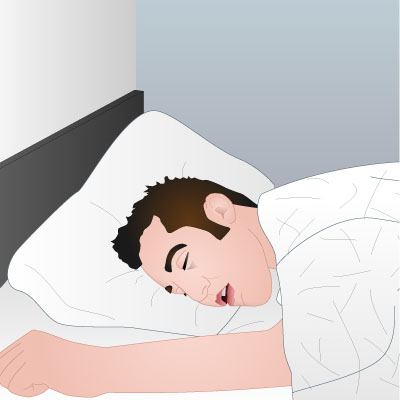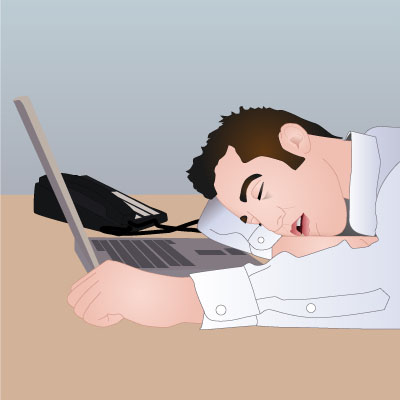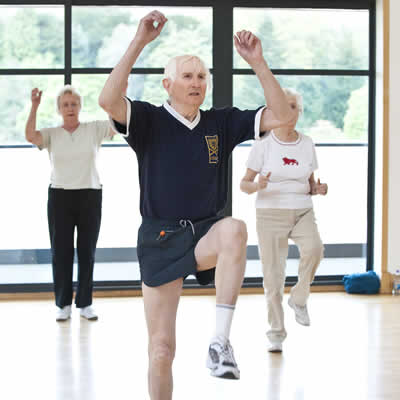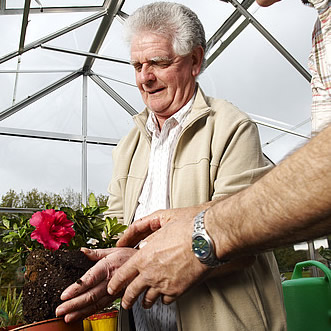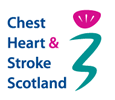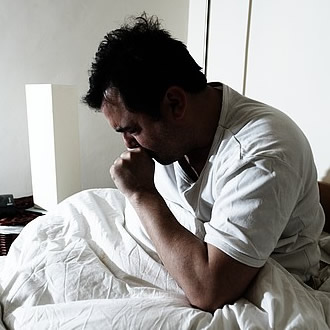
© Crown copyright 2014
Increased exposure to allergen.
Delayed response to a trigger:
- When the initial acute reaction takes place within 1 hour.
- Then a second response can occur between 3 to 8 hours after exposure to the allergen.
Cooling of the airways such as :
- The breathing of cooler air for example air conditioning in the room.
- Extreme changes in your room temperature in winter time.
Circadian rhythm – your body clock:
Your body clock regulates your daily routine through a series of processes which influence your sleep cycle.
Hormones are released into your circulation which can affect asthma:
- Melatonin, a hormone that causes you to feel sleepy. It can also affect bronchial muscle tone and inflammation of the mucous linings.
- Adrenalin, relaxes muscle of airways keeping them open.
- Histamine is suppressed, causing increased mucus secretion and bronchospasm (tightening of the airway).


